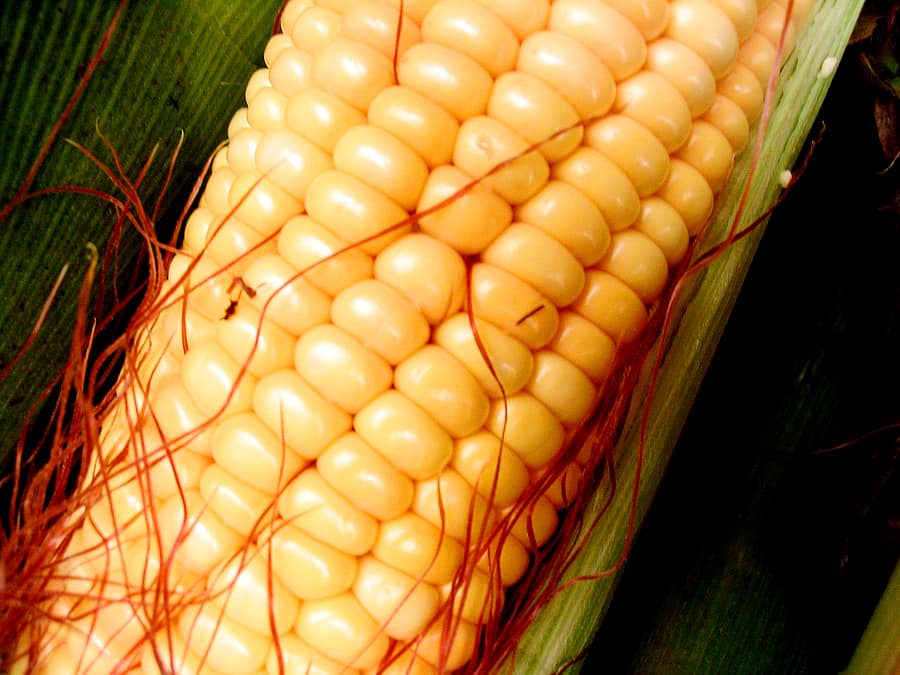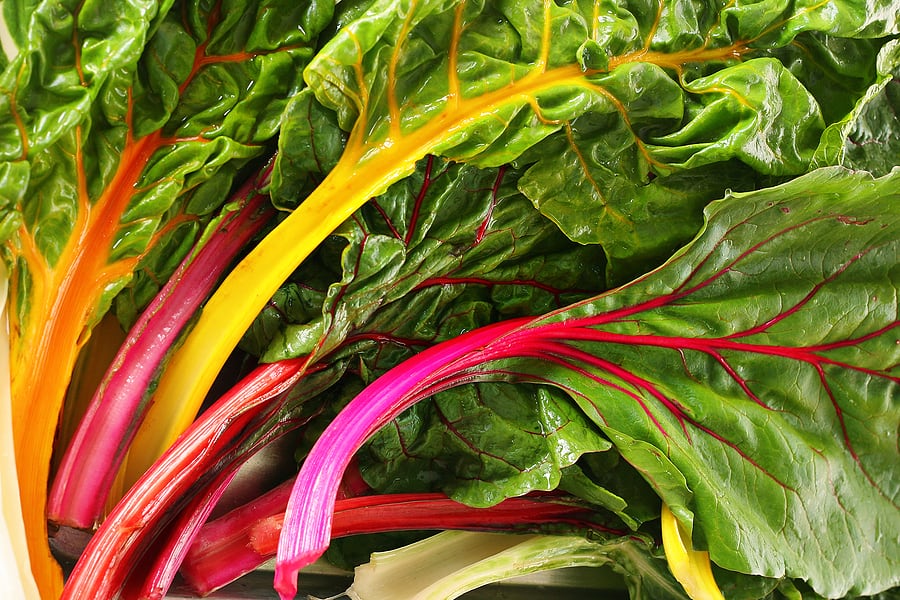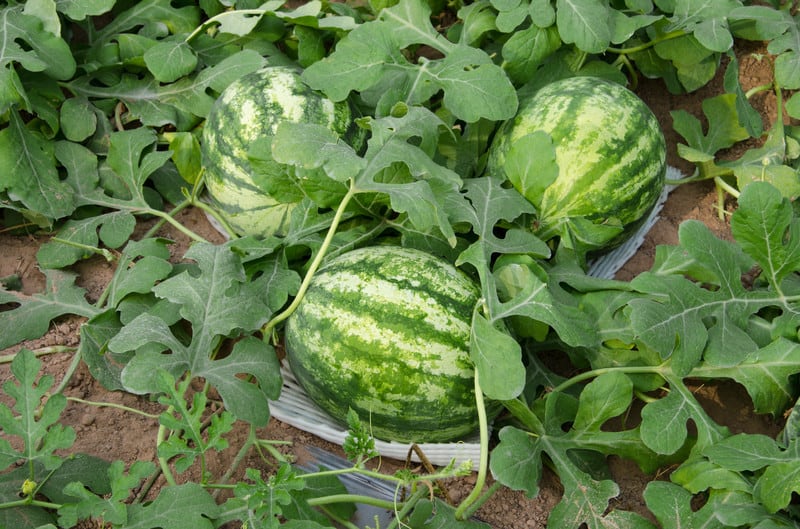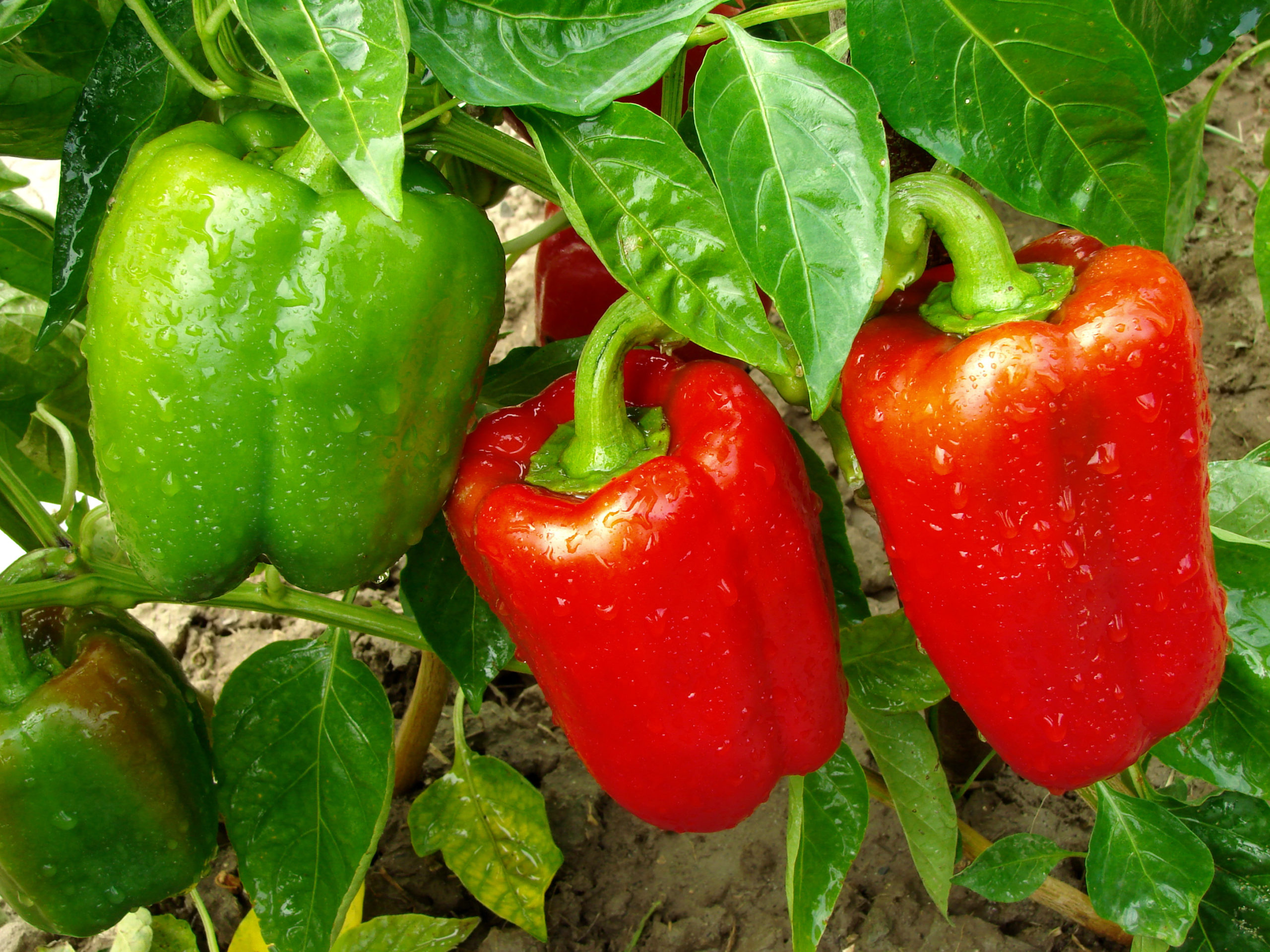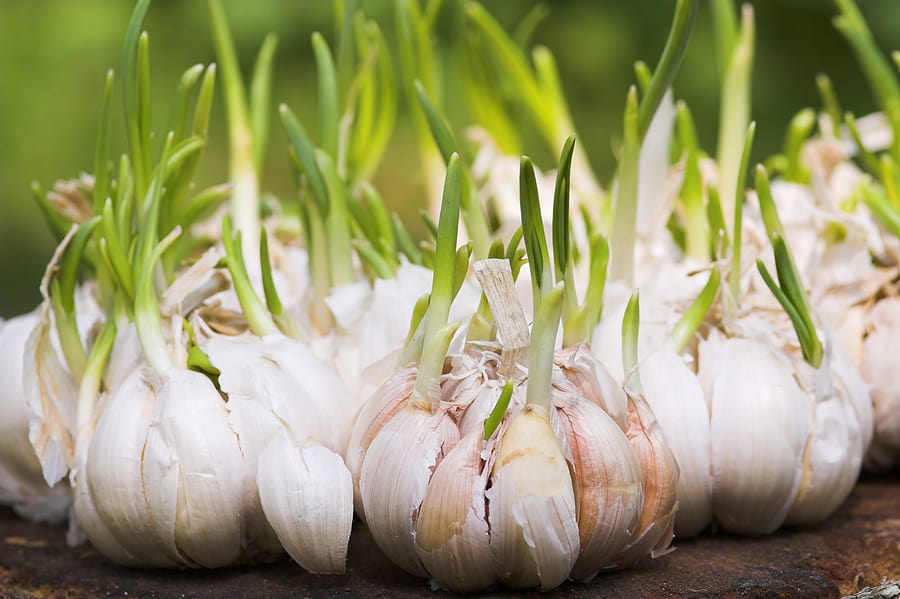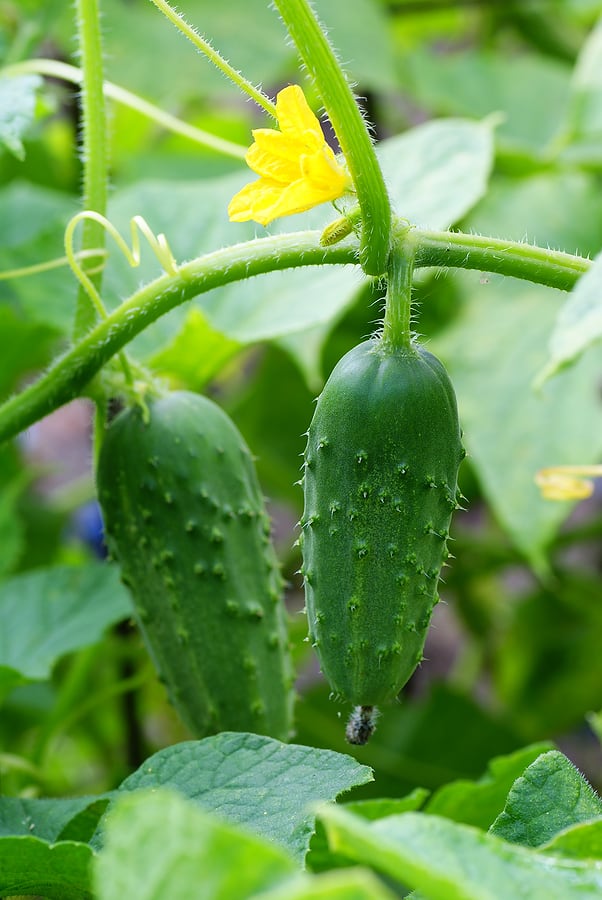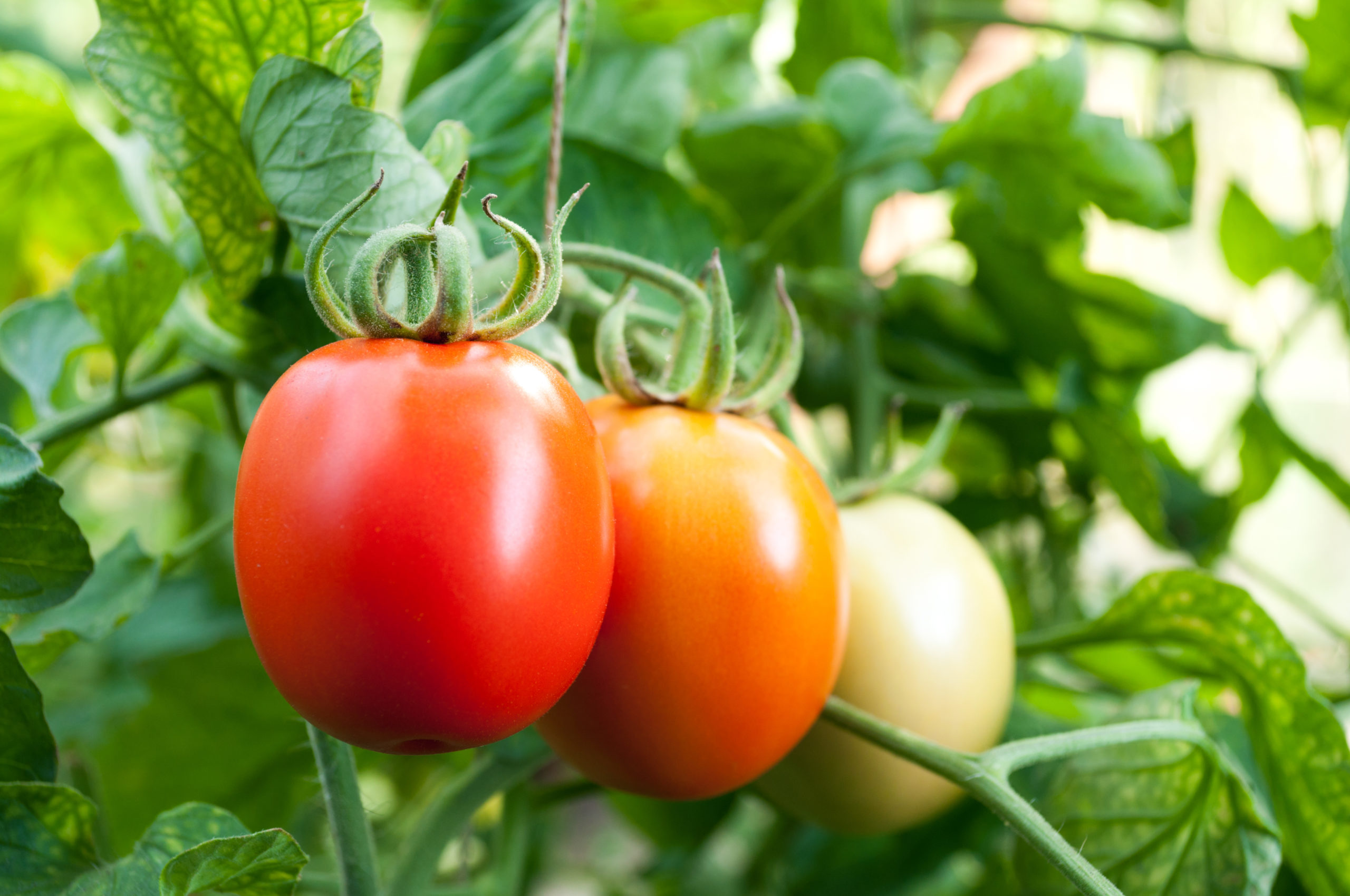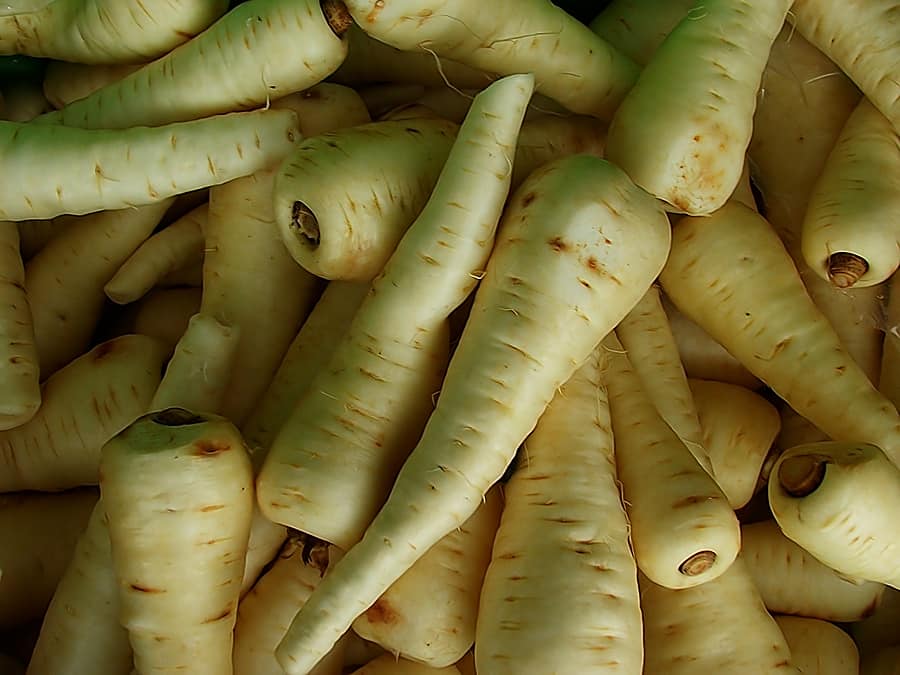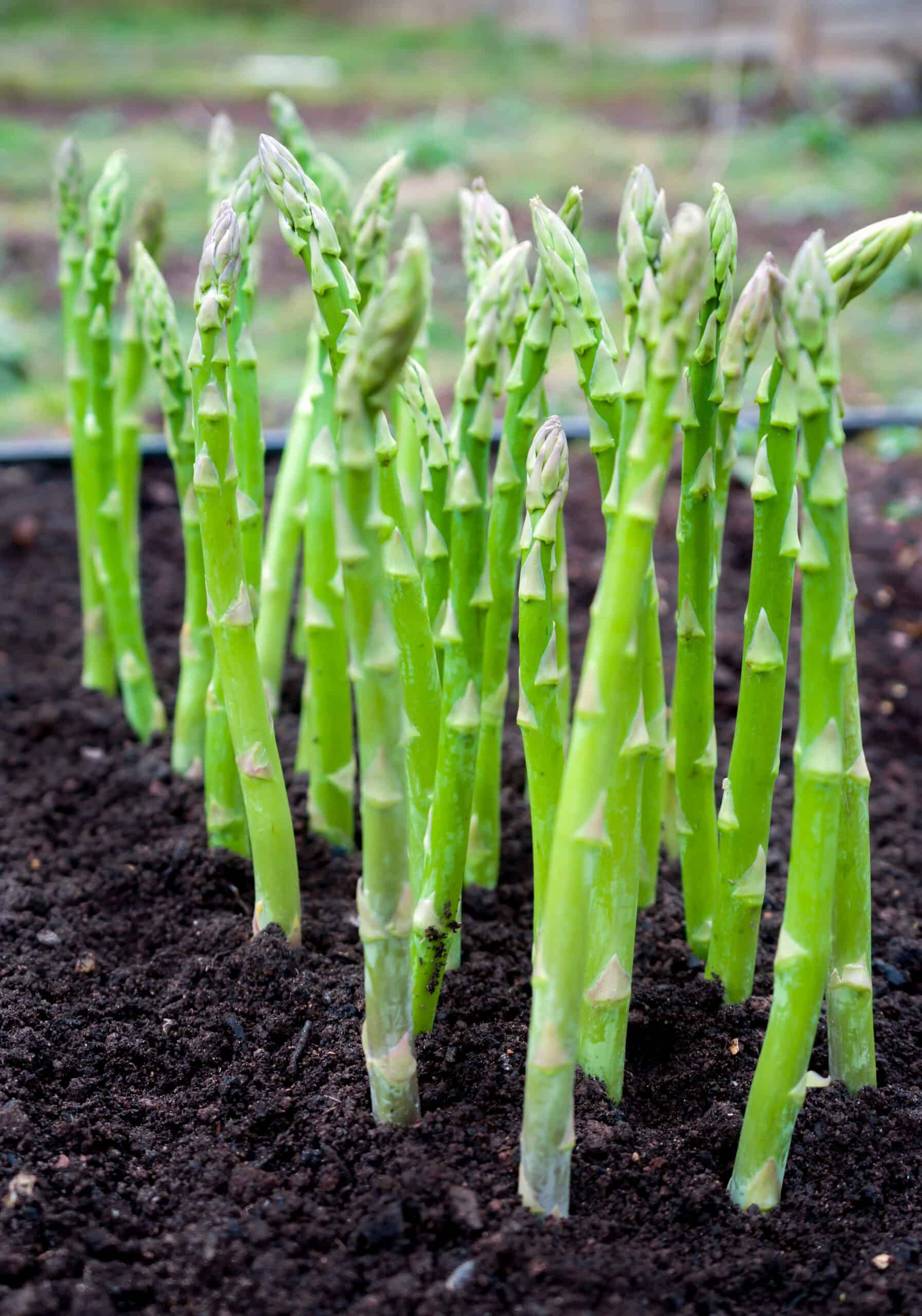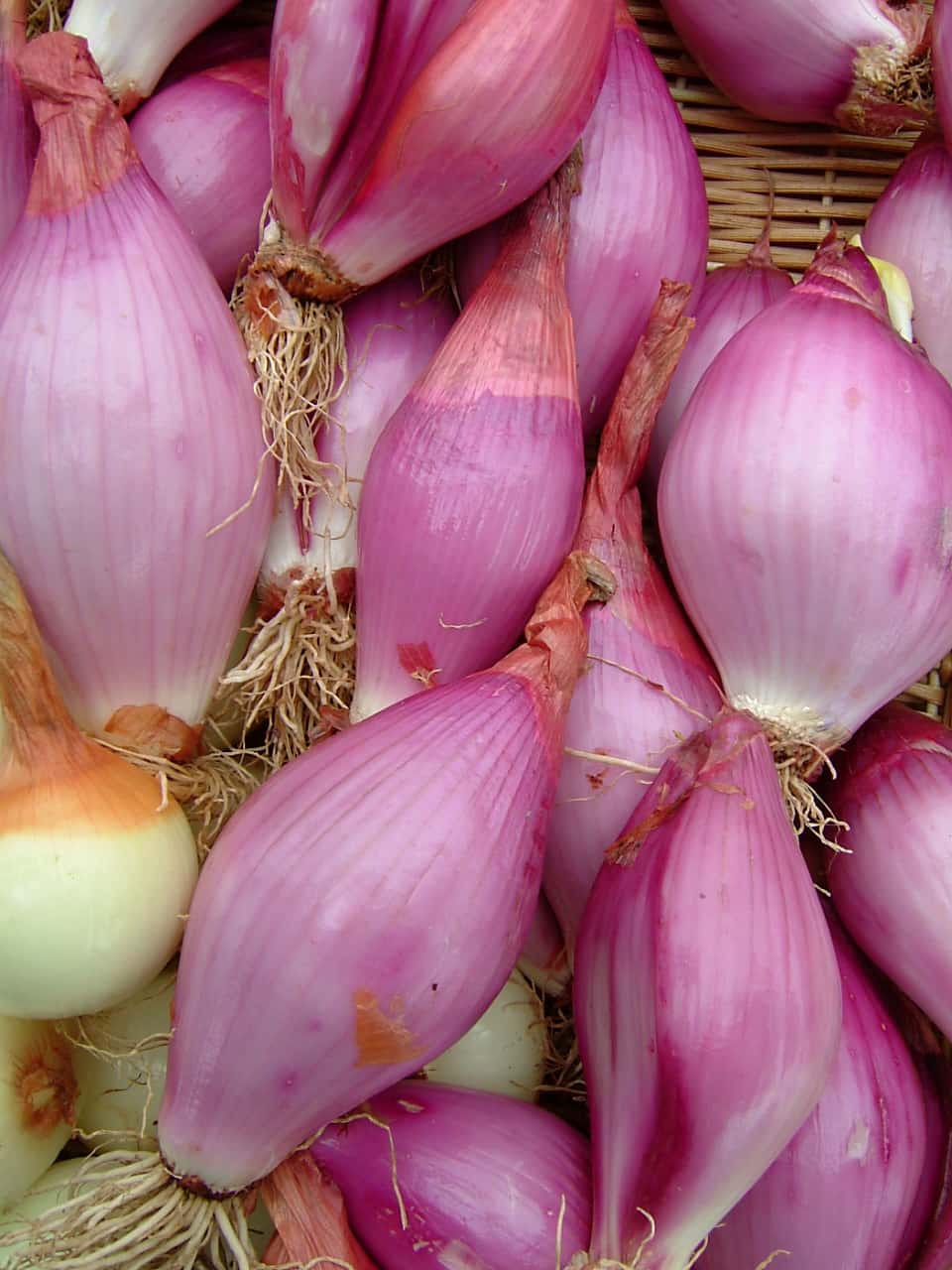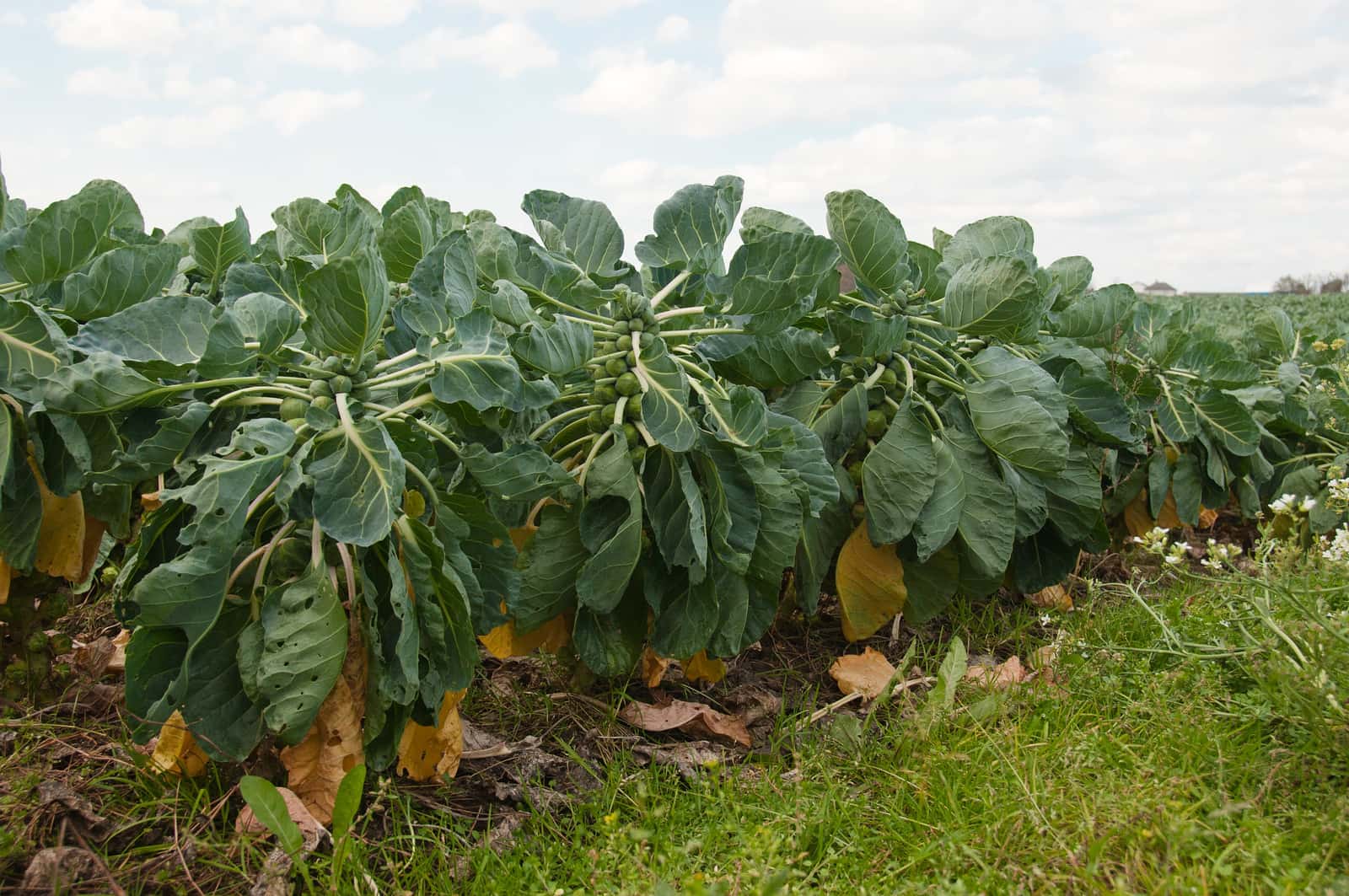How to Plant and Grow Sweet Corn
Sweet corn is a warm-season annual. It is one of the most popular home garden crops and one of the most widely planted commercial crops. Sweet corn is grown for its juicy, plump, sweet-flavored kernels. Corn can be eaten steamed, boiled, or roasted. Grow corn in the warm time of the year. Direct sow corn […] More

